The European Network of Breed and Seed Savers is a website for listing all keepers of indigenous livestock breeds and culivators of indigenous cultivated plants found in Europe. Variety-Savers should be used to network, to share information, to list events and to sell products and services relating to conservation of European agrobiodiversity.
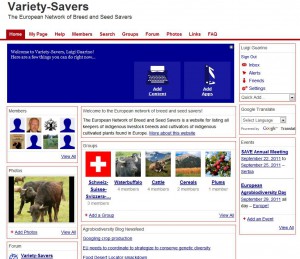 Just off the ground, and only 14 members so far, but this looks like an interesting initiative. Especially if it manages to bring formal-sector genebanks closer together with on-farm conservation practitioners and amateur heirloom enthusiasts. You do have to register, but it’s fairly painless, and the website provides some fancy social networking tools. Very best wishes!
Just off the ground, and only 14 members so far, but this looks like an interesting initiative. Especially if it manages to bring formal-sector genebanks closer together with on-farm conservation practitioners and amateur heirloom enthusiasts. You do have to register, but it’s fairly painless, and the website provides some fancy social networking tools. Very best wishes!
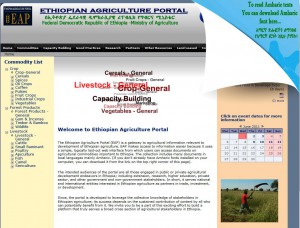 A very worthy
A very worthy 
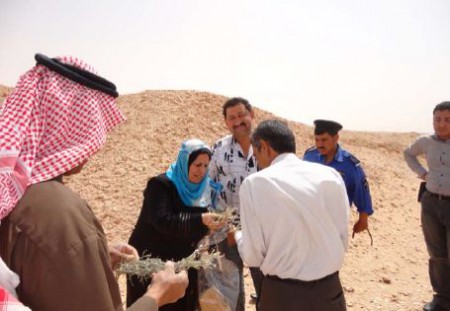
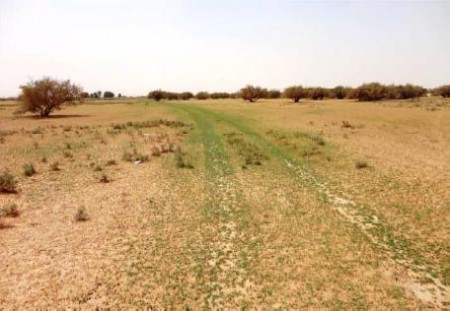
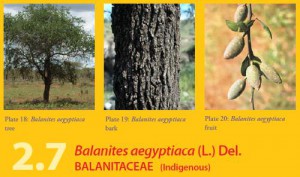 ICRAF’s project and publication on trees with antimalarial properties has made it into the prestigious medical journal
ICRAF’s project and publication on trees with antimalarial properties has made it into the prestigious medical journal